During the 2019 horror film Ready or Not, newlywed Grace (Samara Weaving) finds her honeymoon turning into a slaughter fest. A game of hide and seek with her husbands wealthy family, the Le Domas, has turned into a nightmare. That family is now out to kill Grace as part of a Satanic ritual. All the while, the Le Domas don’t care who also gets killed in the carnage. The grisly demise of their servants inspires annoyed comments from the Le Domas about the carpet being potentially ruined rather than concerns about the human lives lost.
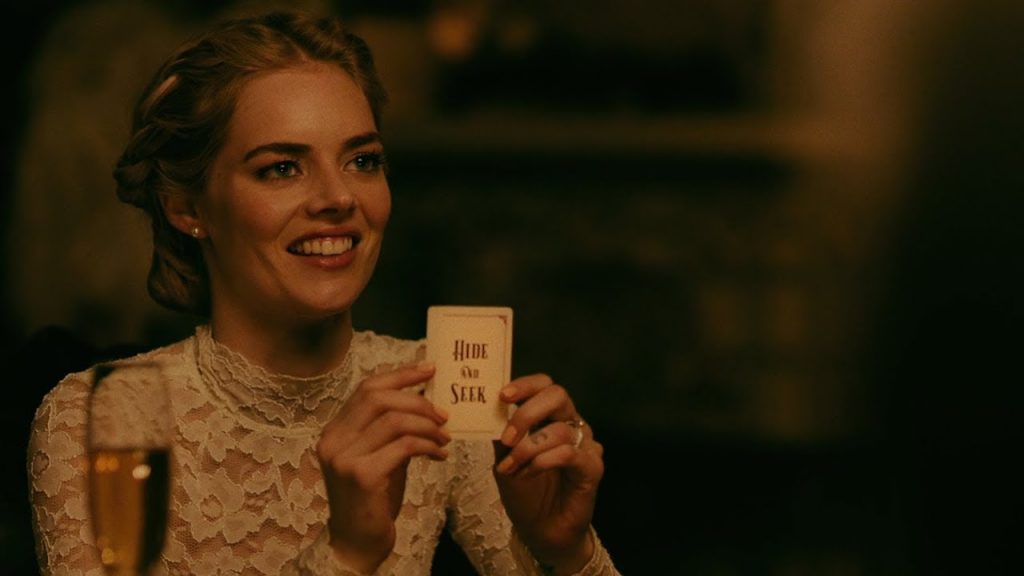
In a year where billionaires got $637 billion richer during a pandemic that decimated lower economic classes, this depiction of the rich as uncaring souls rings as particularly relevant. In a moment of particularly heightened frustration, Grace embodies the frustrations of so many viewers against the rich by letting slip the phrase “Fucking rich people!”
Though it doesn’t purport to be a monster movie, this moment cements that Ready or Not still has monsters in the form of the wealthy.
Who needs a bunch of ghouls to terrify you when Ready or Not can just channel the spirit of Jeff Bezos in its antagonists? That’s not the traditional form movie monsters have always taken in the history of Hollywood. But in the modern horror film landscape, Ready or Not’s type of movie monster has become the norm rather than exception.
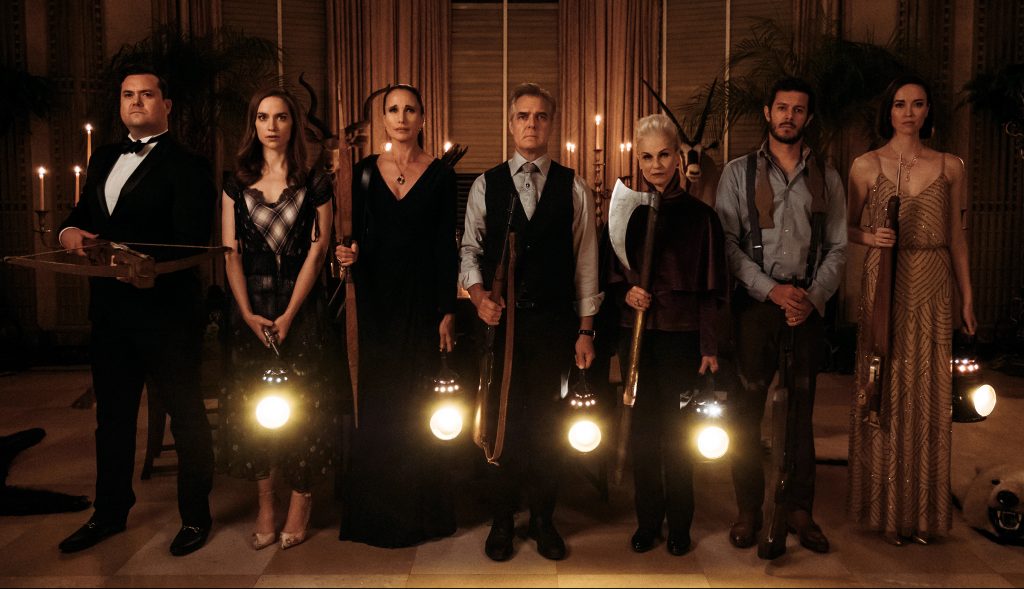
Dating back to the days of George Melies’ The Haunted Castle in 1896 or the original King Kong in 1933, movies and monsters have always gone together. Why wouldn’t they? Creative design work and special effects can make these monsters the kind of spectacle the big screen was made for. Just look at how we’re still talking about Boris Karloff’s Frankenstein’s Monsters after nearly ninety years.
Of course, monsters aren’t just good for a scare. As Molly Pillington of the Houston Chronicle explained in her essay Movie Monsters Throughout History, “Cinematic monsters often represent society’s deepest fears as a way to provide commentary on harrowing cultural events. The monster is the stuff of nightmares unleashed upon a world in order to harass, destroy, and make sense of pernicious histories.”
This means that, over time, what is a monster in Hollywood has always ebbed and flowed to match what terrifies the world.
These monsters function on a visual level as just over-the-top escapism. However, on a thematic level, these monsters work as ways of coping with the horrors of reality in each era. Take Godzilla, which represented Atomic Age anxieties in the ’50s. Also look at masked slasher villains of the ’80s and ’90s, who carved up teenagers that defied sexual norms.
Having movie monsters represent larger ideas is nothing new. But in the past, there was usually a glass separating the monster and reality. Nowadays, there is no exterior of a giant lizard or a green-skinned monster to function as an allegorical middle man. Taking a cue from horror films of the past like Night of the Living Dead or Jennifer’s Body, modern-day monsters on the screen are exactly the kind of monsters we see in the real world.
Why has this become so ubiquitous in the genre? After all, situations like income inequality and race-based brutality have always existed. But, modern technology has allowed for a greater level of recognition of these struggles. With awareness on the rise, it was inevitable that modern art, like horror movies featuring monsters, would reflect that. This means that the modern version of monsters manifests in the form of rich people that just want to slaughter the poor in Ready or Not.

Other times, it emerges like it does in Ari Aster’s Midsommar, which doesn’t just reflect real-world monsters.
It also subverts genre expectations on what defines a “monster”. The film concerns a young couple, Dani (Florence Pugh) and Christian (Jack Reynor) going on a retreat to a Swedish village known as the Hårga. In this isolated community resides Ruben, an individual with large amounts of facial disfigurements. Cinema’s history of coding people with unorthodox physical features as inherently villainous makes it easy to imagine that Ruben is set up to be the primary villain of Midsommar. Perhaps this route would use Ruben to serve as an allegory for why you can’t trust the unfamiliar.
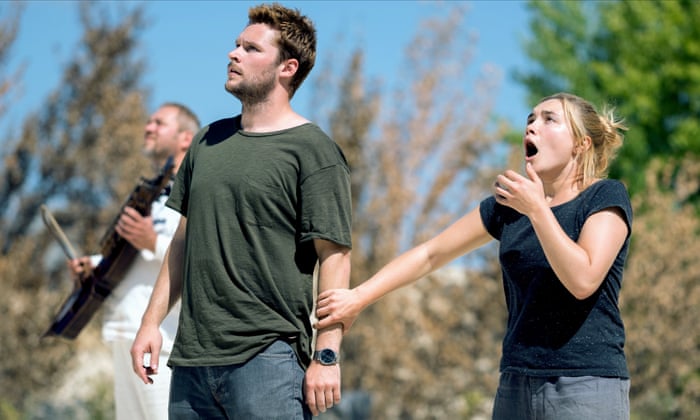
Instead, Ruben isn’t shown to be villainous in Midsommar. He’s a person, not a monster. He’s also a red herring utilizing genre expectations to distract moviegoers from the actual monster hiding in plain sight, Christian. A man who engages in abusive behavior like gaslighting against Dani, Christian is the monster of the movie. He may not have a mask upon his face like Jason Vorhees or a rubber suit to inhabit like the Creature from the Black Lagoon. But he’s still monstrous, someone whose always twisting the pain and feelings of others for his own gain. He’s an explicit rendering of abusive men rather than the allegorical representation of one we might have seen in earlier horror films.
All throughout modern horror, one can see authentic renderings of real-world monsters like Christian, particularly in the works of Jordan Peele.
Get Out, for example, finds Chris Washington (Daniel Kaluuya) encountering monsters in the form of his girlfriend’s rich white parents. These characters, and their fellow rich White liberals who congregate for a party, instill discomfort in Washington and the viewer simply through awkward phrases about “voting for Obama a third if I could.”
People like Dean Armitgate (Bradley Whitford) are already more unnerving than The Wolfman simply by reflecting authentic social awkwardness. That’s all accomplished before the reveal that characters like the Armitages are lobotomizing Black people. Meanwhile, Peele’s second feature, Us, does a bit of a rug-pull in terms of who exactly are the monsters in this movie. Much like Ruben in Midsommar, the standard definitions of coding a “monster” in a horror movie means we’re supposed to presume that the subterranean doppelgängers known as The Tethered are the films monsters.
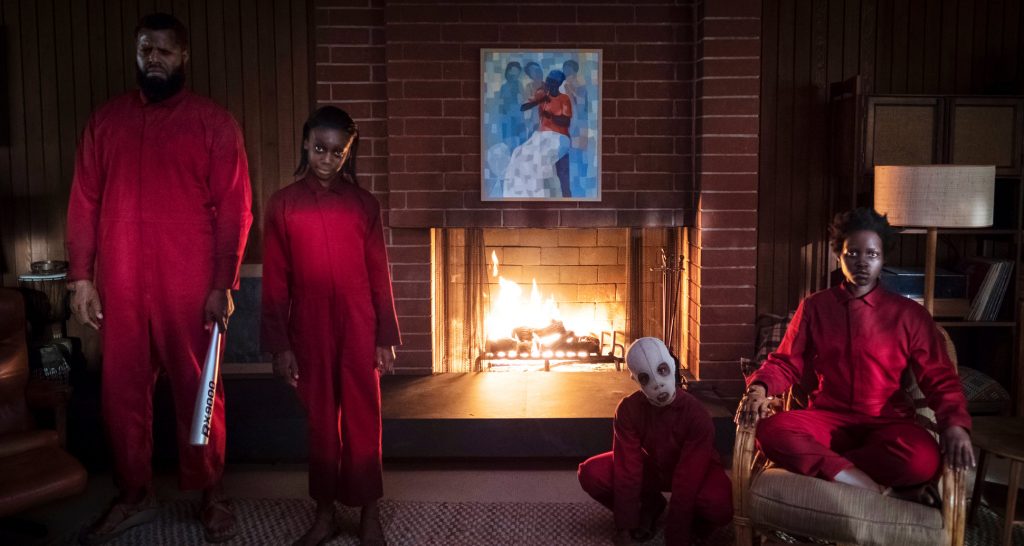
After all, The Tethered walk around in red robes; clutch a distinctive weapon (Jason has his machete, The Tethered have their scissors); and kill people. To boot, they’re shot, costumed and behave like traditional slasher movie villains. However, by the end, Peele has slyly suggested that The Tethered aren’t the real monsters in the film.
In fact, the real monsters are the everyday people living above ground, the ones viewers are meant to recognize as akin to themselves.
Throughout Us, we see “normal” people valuing objects (ranging from a boat to an Alexa-esque device) over people and engaging in exorbitant wealth. Characters like Adelaide Wilson (Lupita Nyong’o) and the Tyler family can afford lavish vacation homes without it hurting their wallet. Meanwhile, The Tethered have nothing. They’re at the mercy of the people above ground, who control their every movement. Even if Adelaide and her family didn’t realize it, their high place in society has had a direct adverse effect on their Tethered counterparts. In Us, the monster isn’t someone who has a chainsaw or a creepy mask. It’s people engaging in everyday complicity in a corrupt economic system.
Much like Midsommar and how it defines a “monster”, Us dares to ask the viewer what they consider to be monstrous behavior. Is it oppressed classes fighting back (albeit in a style reminiscent of classic slasher movie villains) or is it wealthy people engaging in casually executed but no less harmful behavior? We’ve been trained through the cinematic language of horror films to assess whose a monster and who isn’t in very stark terms. Us dares us to look at a more nuanced portrait of what defines a “monster”. In the process, Us also challenge us to apply that questioning of the economic status quo to reality itself.
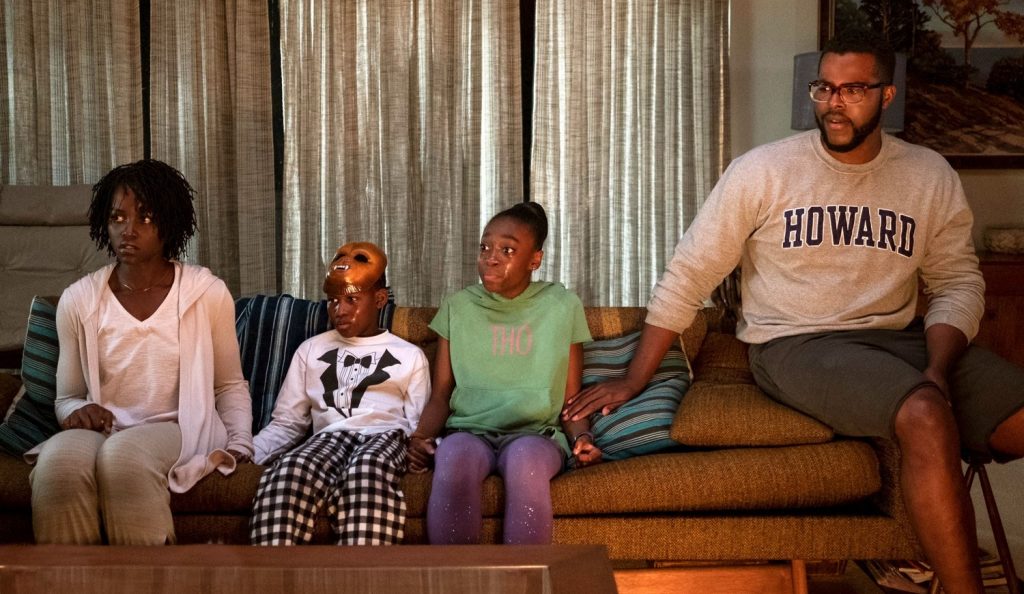
The works of Jordan Peele epitomize the unique way modern horror movies define monsters compared to past films in the genre.
Speaking of those classic titles, one of the most interesting example of modern horror monsters comes from an update one of the most iconic old-school movie monsters. I’m talking, of course, about this year’s smash hit The Invisible Man, which is based on The Invisible Man from 1933.
In that earlier adaptation of H.G. Wells’ seminal novel, the titular character is depicted as a tragic soul. One eventually capable of murder and robbery, true, but he’s also a scientist named Griffin (Claude Rains) who has become permanently invisible as part of an experiment gone awry. His accidental invisibility isn’t his only devastating part of Griffin’s plight. There’s also the fact that Griffin undertook those experiments solely to make enough money to provide for his love.
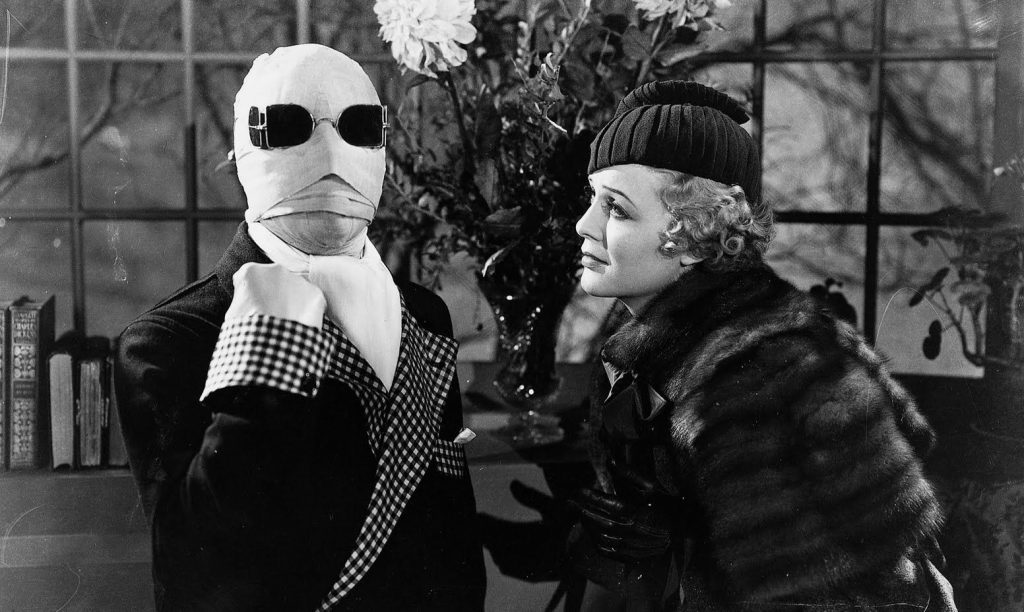
On top of everything else, the original Invisible Man, like so many classic horror films, represented what happened when humans pushed science too far.
“I meddled in things that man must leave alone,” Griffin intones as his final words in the 1933 Invisible Man movie. Through this dialogue, his story was rendered as a cautionary tale. His eventual death at the end of the movie is supposed to evoke sorrow in the viewer rather than simply catharsis.
This was how a monster was framed in the 1933 Invisible Man. In 2020, a radically new take on the character has emerged. For this year’s The Invisible Man, Griffin is now wealthy businessman Adrian Griffin (Oliver Jackson-Cohen). Not only has the penniless pauper version of Griffin been jettisoned, he’s also no longer the lead character of The Invisible Man. Instead, the story follows Cecilia Kass (Elisabeth Moss), a woman whose been trapped in an abusive relationship with Griffin.
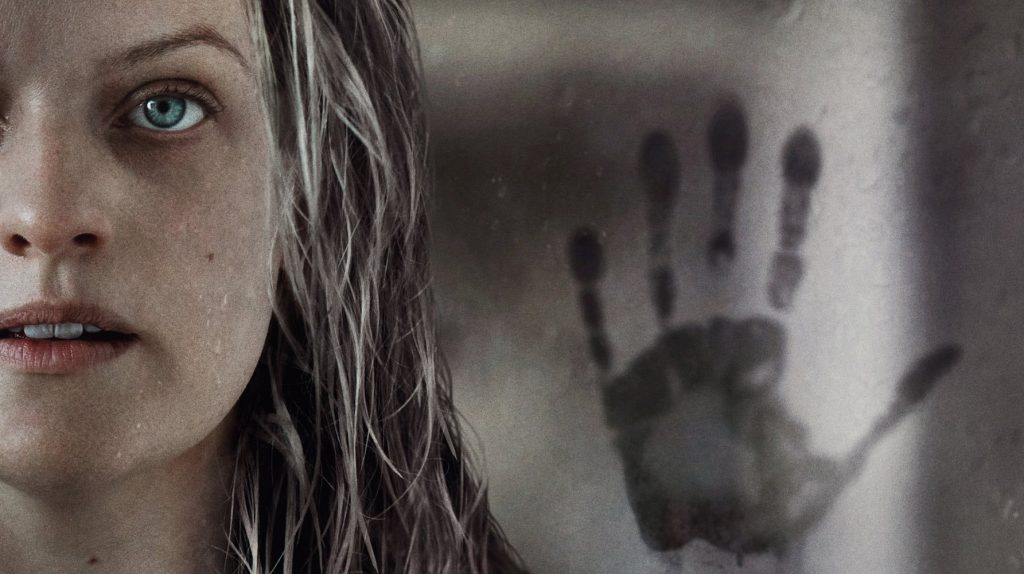
Shortly after Kass escapes her partner, Griffin seemingly dies only to return as an invisible figure who torments Kass. The conceit of invisiblity, once used for science run amuck, now stands as a reflection of how abusive figures can torment people even when they can’t be seen. The psychological ramifications of abusive partners has been rendered flesh in this new Invisible Man. The terror in this horror movie, then, comes from witnessing Kass trying and failing to get those around her to take her experiences of abuse seriously.
Literal invisible men don’t exist in our world. Kass’ struggles to have others believe her trauma, though, that is very much ripped from reality.
In perhaps the most notable departure from prior incarnations of the character, Adrian Griffin isn’t permanently invisible. As Kass soon discovers, his invisibility comes from a high-tech suit he can take on and off at will. He chooses to become this figure. There is no tragedy informing his invisibility, no finance-related desperation that leads him to this state. It’s another way Whannell reinforces this character as a chilling symbol of privilege rather than tragedy.
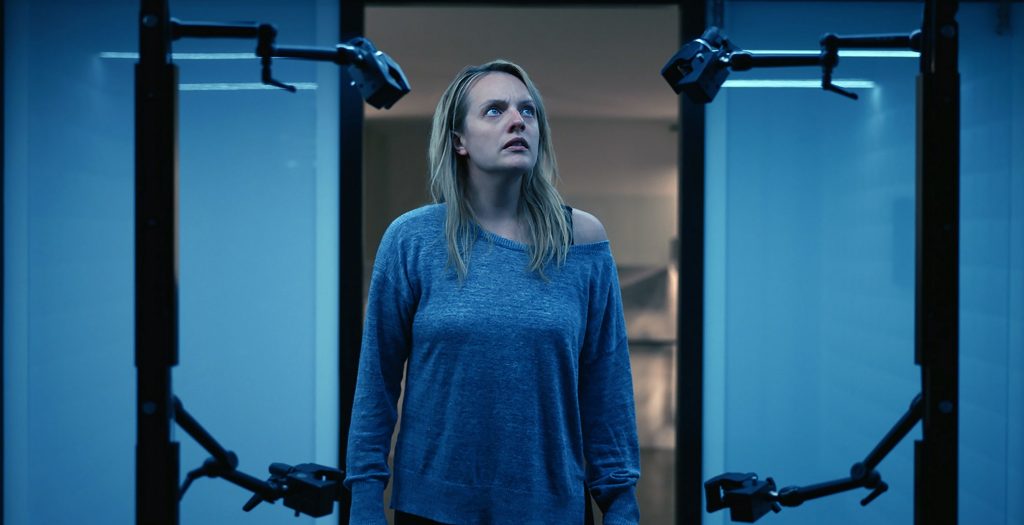
The shift in what defines Griffin as a monster from 1933 to 2020 is a microcosm of the larger trend of how we define movie monsters in the modern age. Figures like Adrian Griffin, Christian or the Le Domas family are not just symbols of people we meet in the real world. They are people that exist, flourish and torment others. In real life, they don’t hide behind a hockey mask. In fact, they’ve frequently been hiding in plain sight.
Modern horror films like Midsommar, Us and The Invisible Man are just reflecting that haunting part of our lives. To boot, they’re not just redefining horror monsters but horror protagonists. Characters like Dani, Chris or Kass would have been pushed to the background, if it even managed to exist at all, in older horror tiles.
Now, their pain, a reflection of real-world struggles facing certain marginalized communities, gets to be at the center of the action.
Modern movie monsters don’t just reflect the horrors of the real world. They also help shine a light on the humanity of the downtrodden. “The movies are like a machine that generates empathy,” as Roger Ebert once said; and these recent additions to the horror genre certainly work like that. The benefits of modern movie monsters truly are vast, including the fact that they can inspire a variety of emotions in moviegoers. These include everything from screams of terror as well as declarations of “Fucking rich people!”
About the Author
You may also like
-
Big in Japan: The Niche Genre of Asian Films That Never Lost the Fun
-
Screaming, Crying, Laughing — Why Can’t We Get Enough of Gruesome Comedy?
-
A Brief Exploration of LGBTQ+ Depictions in ’80s Cinema
-
The Politics of ‘Attack on Titan’: Reality or Fiction?
-
Celebrating the Magic of Black Witchiness in Entertainment
